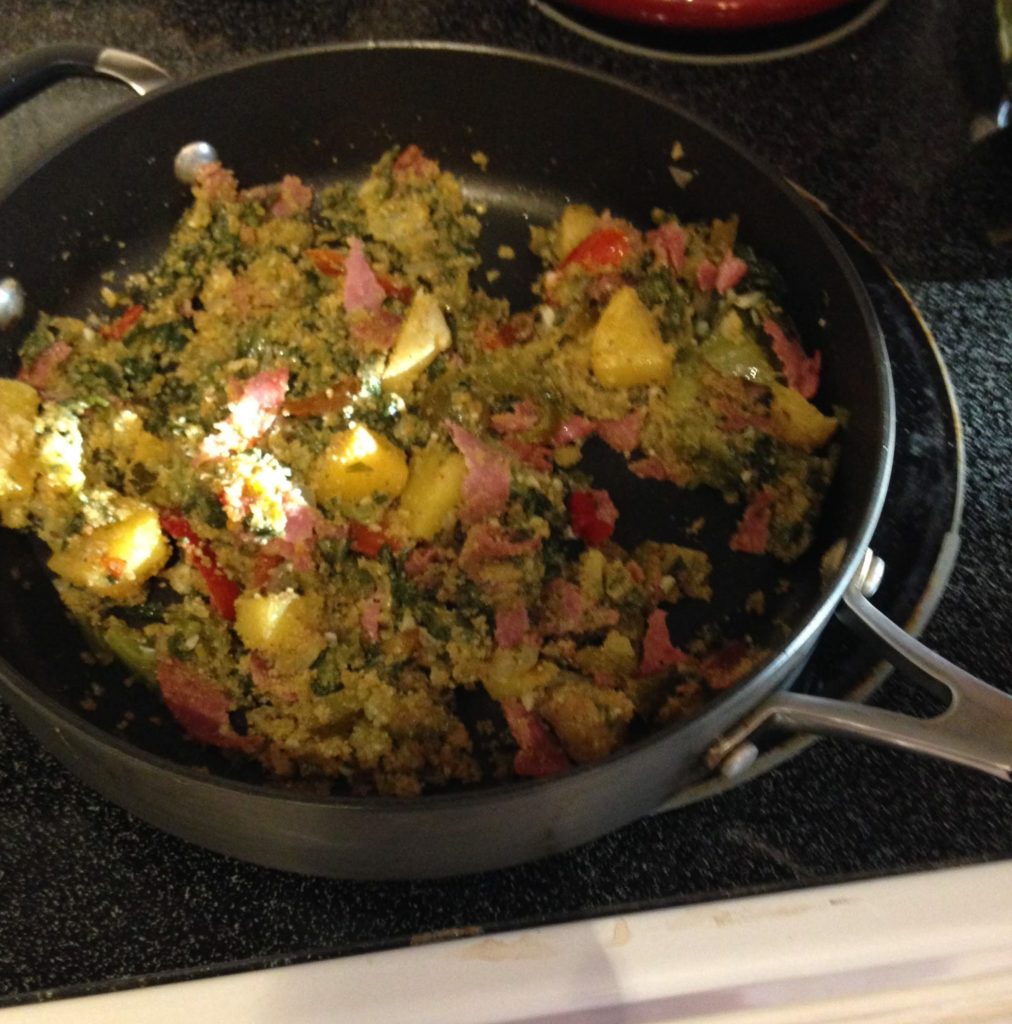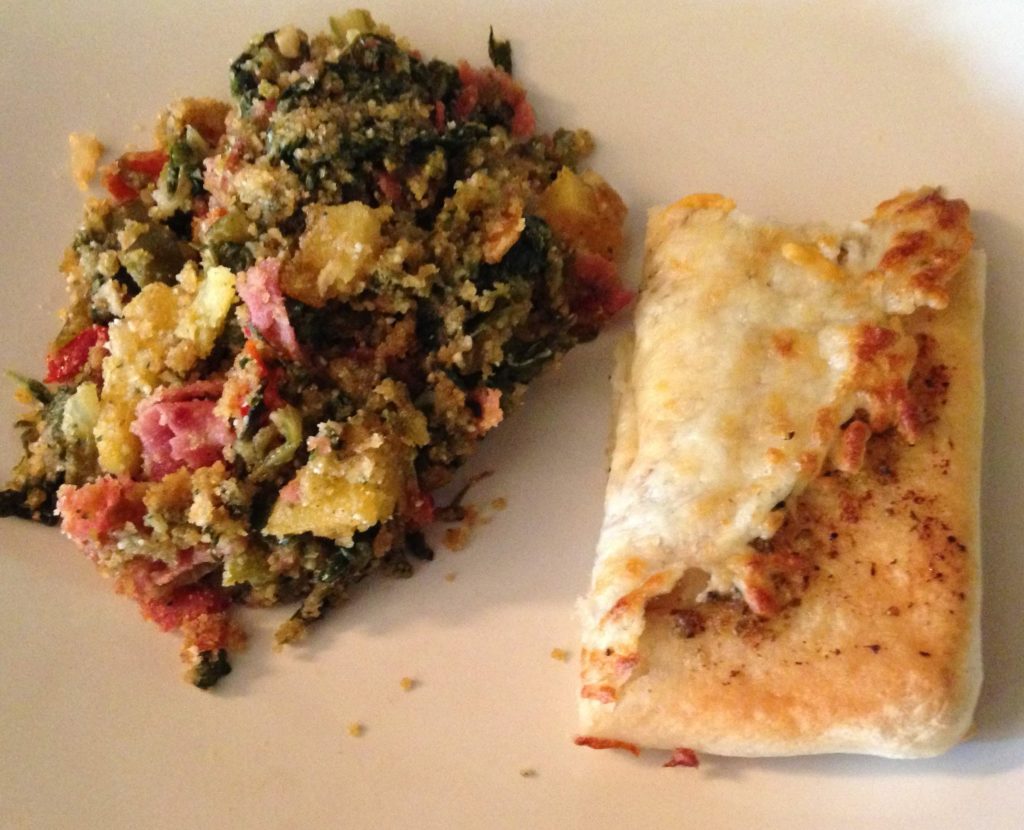THE HISTORY
The year was 2008. I was a young fledgling working for a safety and industrial supply company. The organization had just brought in a new director of Information Technology. As we began to email one another about business-related topics, I noticed in his signature that he had “PMP” after his name. As a curious individual, I decided to Google what that credential meant. What I found was that it stood for “Project Management Professional” and that it was (and still is) the world’s leading project management certification. I can see why, because the criteria to earn this distinction is as follows:
- Must have at least 3-5 years of experience leading and directing cross-functional project teams and responsibility for project delivery
- Earner must have minimum of 35 hours of formal project management education
- Successfully complete the 200 multiple-choice questions, 4 hour PMP® certification exam
- Earn 60 professional development units (PDUs) every three years to maintain the PMP certification. Education PDUs earned focus on the areas of the PMI Talent Triangle – technical project management, leadership, and business and strategic management.
I thought, “wow, this could really help me build my skill set and advance my career.” However, at the time, it was just a thought. My priorities were different then–I was much more focused on physical fitness and my technical skill set. Despite not pursuing it at the time, I tucked the goal away for future date.
DIPPING MY TOE IN THE WATER
In 2009, after changing jobs and moving out of Utica, I felt like I had a fresh start my career (and to some extent, my life). I decided to do some self reflecting to figure out what I wanted from this change and how I could make the most of it. My new position’s schedule was actually one hour less than my prior one. There are approximately 260 work days in a given year, so this actually amounted to a fair amount of time savings…in my case over 7 weeks total each year.
Personally, I use a lot of this time savings and my other free time to enjoy my social life–playing kickball, hanging out with friends, etc. Professionally, I used some of it to attend Project Management Institute (PMI) events, like the PMI Research and Education conference in Washington, DC. PMI is the governing body of the PMP certification, so I thought it would be a good opportunity to network with others and see if it was an area I wanted to devote more time to. I also joined the local PMI chapter to meet like-minded people in the area and attend the myriad events they host. All of these experiences were incredibly positive, and it made me realize the PMP certification was something I wanted to pursue.
PULLING MY TOE OUT FOR A LITTLE BIT
Even before my goal of earning my Project Management Professional certification, I had wanted to return to school to earn my Master’s degree. Unfortunately, my previous position didn’t offer much with respect to education expense reimbursement. Conversely, my new position was actually at a higher education institution, which afforded me the opportunity to attend graduate school essentially for free. This was an incredible perk that I simply could not pass up. Therefore, while I had some peripheral experience with the PMI organization, I had to put my PMP pursuit on hold while I focused on my graduate work over the following 2 1/2 years.
While it was challenging, earning my Master’s degree was one of the most rewarding experiences of my life, and I’m extremely grateful for the education I’ve received and the friends I made in the program. Furthermore, I was promoted the week after graduating, so it was an exciting time in my life. However, one of the reasons for the change in positions at my employer was that my mentor (and a great friend) had announced his retirement. My new responsibilities coupled with the need to hire and train a new employee meant that I had to, yet again, put my PMP pursuit on hold.
JUMPING IN
Finally, after years of managing and contributing to numerous projects, and after hiring someone into my old position, and training them over the course of 1-2 years, I was able to shift my focus yet again to the PMP certification. This time, I discussed it in depth with my boss and stressed the importance of accomplishing this goal (for both me personally and the organization). She completely supported my aspirations and asked how she could help me achieve my goal.
Fortunately, after having earned my Master’s degree and after working on projects for the organization for the previous 5 years, I had already met some of the pre-requisites. The two that I was missing were the 35 hours of formal project management education and the passing of the 200-question, four-hour test.
As someone in this position, I had a few options:
- I could’ve enrolled in a course that meets the education requirement, then studied books or online materials separately at my own pace and scheduled to take the test when I was ready. While I probably could’ve made this work, it wasn’t appealing to me at all. I needed some accountability and structure, and if I did everything self-paced and without the ability to ask questions, I think it would’ve been even more challenging.
- Attend a PMP boot camp, where you pay a lot of money, sit in a classroom (or virtual classroom) for several hours and several days (meets the education requirement) and get a ton of test material and questions thrown at you, followed by taking the test right at the end. These oftentimes come with a “guarantee” of your money back or a free second chance at the test if you fail. I’m sure this approach works for many people who want to just pass the test. However, as I mentioned before, I wanted to grow my skill set, not just regurgitate information to pass a test. So instead, I opted for the third option…
- Take a class, locally and in-person, over the course of 10 weeks, and schedule my exam shortly thereafter. For me, this was ideal. For one, the class was after work, right down the street. For another, the instructor was amazing, making some of the driest project management material exciting. For a third, taking the class over a two-and-a-half month period allowed me to digest the information each week, ask intelligent questions, and practice using quizzes they provided at the beginning. Speaking of materials, Rita Mulcahy’s PMP Exam Prep book in combination with the book’s testing software. What an amazing combination. The book explained every topic clearly and concisely, and the software presented you with questions framed similarly to how the actual exam would ask them. They also provided explanations as to why certain answers were correct or incorrect (especially helpful because on the PMP exam, there can be many correct answers, but only one “best” answer).
Needless to say, the third option made a lot of sense for me, and my incessant and unwavering study habits led me to a point where I consistently scored 90% or above on the practice exams by the 10th and final class. In fact, I felt like I could teach the class. The instructor would say, when you reach this point, it’s time to schedule your exam. Once the class had concluded and my requisite education hours met, I documented everything I needed to apply for the exam using an earlier version of the PMP Application Assistant spreadsheet located here. Then, it was easy to copy and paste from the spreadsheet to submit my application and schedule the exam.
Another suggestion our instructor gave us was to visit the testing center a day or two before the exam to get an idea of how long it takes to get there, where to actually go once inside, etc. Essentially, his rationale was, there’s already a lot going on in everyone’s heads, including anxiety over the test, so don’t let simple matters like driving to the testing center and getting to the right suite add to the stress.
I took each and every one of his suggestions. While I hadn’t gotten a great night’s sleep the night before the exam, I still felt confident in my abilities. PMI states that 25 of the 200 questions are experimental and don’t actually get counted, so I figured I would need to get somewhere in the neighborhood of 75% of the questions correct in order to pass the exam. My worry wasn’t knowing the answer to 75% of the questions–it was doing so within the 4-hour time limit. I’m traditionally a fairly long test taker. Add to that the fact that there could be multiple correct answers on a given question. So I needed to be sure about my answers quickly so that I didn’t spend 5 minutes on a question going through an elimination process etc. I needed to know the answers, be confident in my selections, and move on, which is exactly what I did.
The test took me over 3 hours and 50 minutes. I had only marked one or two questions as ones that I wanted to return to because I couldn’t decipher the “best” answer. I returned to those questions, answered them to the best of my ability, and then submit my exam. The beauty of modern technology and the fact that this exam is entirely comprised of multiple choice questions, means that the software will tell you immediately whether or not you passed. After clicking that final button and waiting for the next screen to load, my heart was pounding. After what felt like forever, the screen came up and displayed a message that said I passed.
This sounds weird, but I felt so many emotions at once (relief, joy, etc.) that I didn’t know which one to express. I think I just looked stoic. I got out of my seat, made my way over to the coordinator, and picked up my certificate, which I believe they stamped or embossed. Once I got to my car, I let my girlfriend, family, and my boss know that I passed. Not only was it on a Friday, but it was also my Dad’s last day of work before retirement. There were many reasons to celebrate that day.
I should also mention, that my girlfriend (now wife), had been waiting very patiently for a proposal, hung in there with me through all of the grad school work and the nearly three months of non-stop studying for this exam. About a month after earning my PMP, I proposed to her, and we got married the following year.


